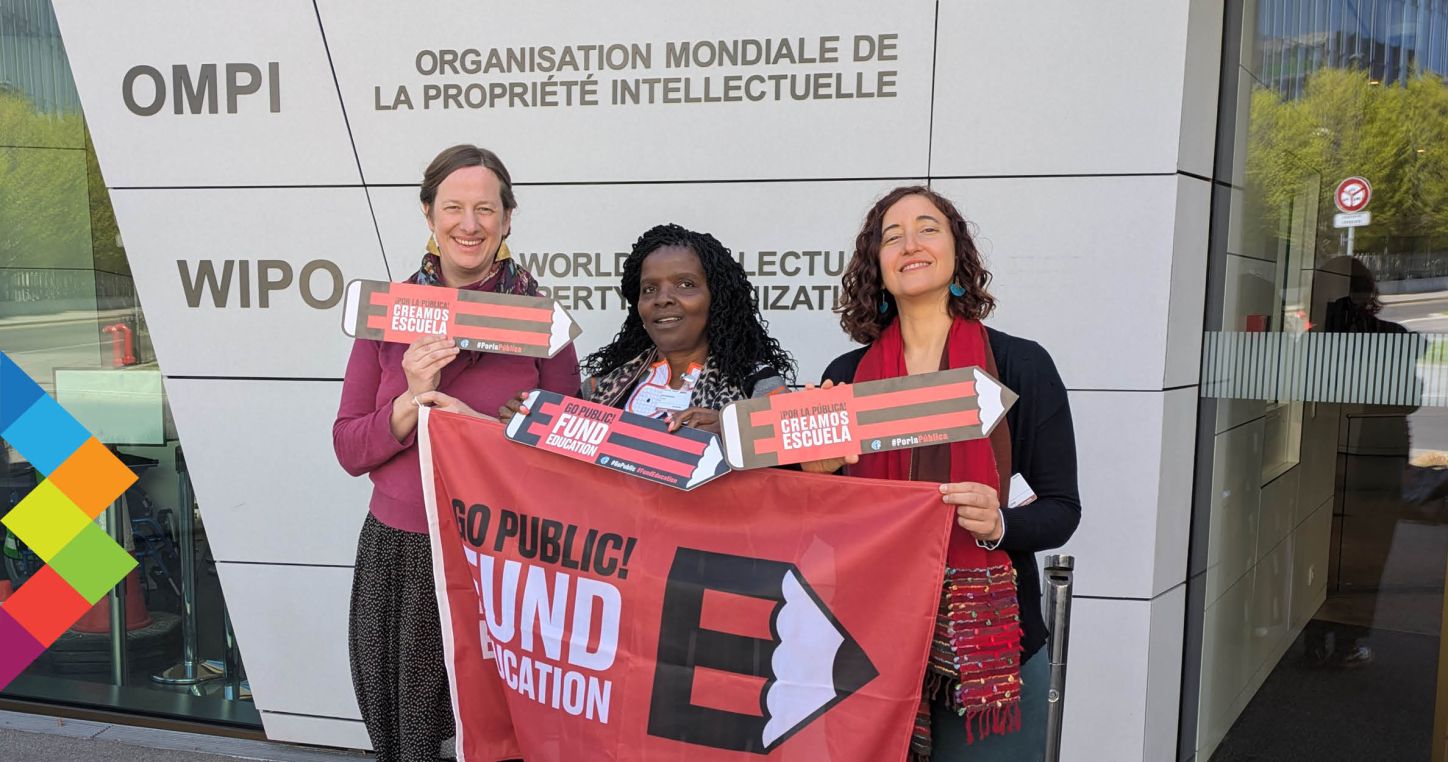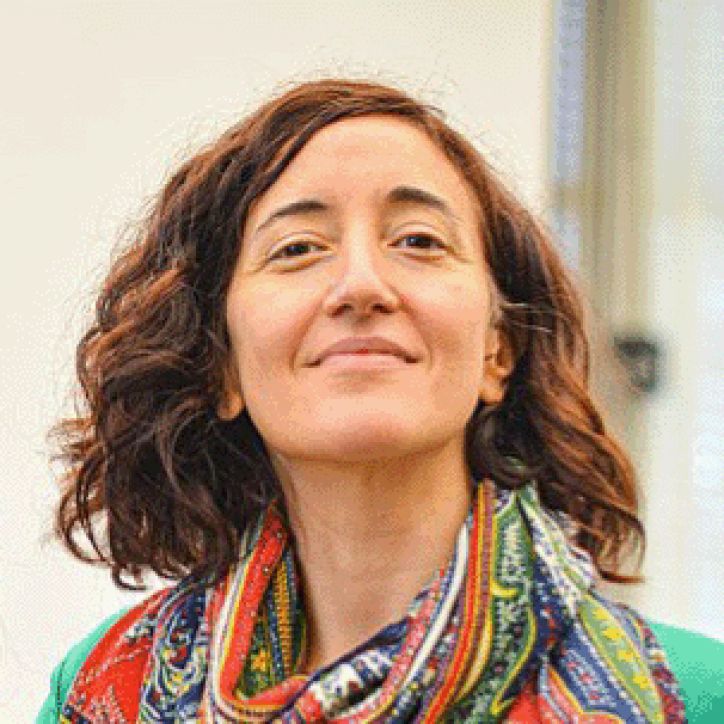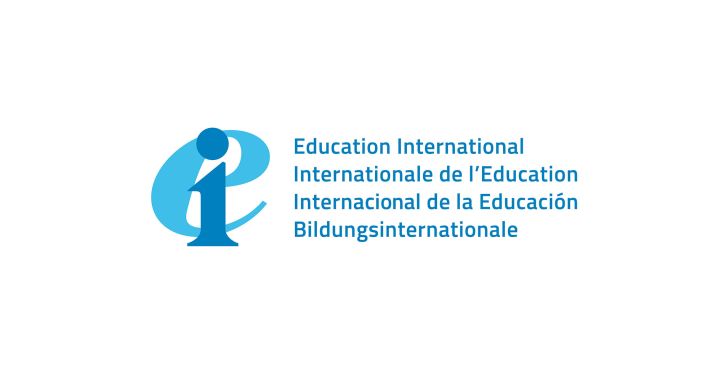A treaty to protect teaching
Sign up
Sign up for the Worlds of Education newsletter.
Sign up
Sign up for the Worlds of Education newsletter.
Thank you for subscribing
Something went wrong
For many years Education International has been following the discussions being held within the Standing Committee on Copyright and Related Rights of the World Intellectual Property Organization (SCCR/WIPO) regarding limitations and exceptions to copyright for libraries, archives and educational institutions. There are times when it seems progress is being made, but the steps taken are tiny in relation to the need for a legal framework that protects teachers’ work. It is essential that copyright laws guarantee teachers’ access to work materials, leaving them free to select and adapt the images, photos, videos, and audio they need to freely create educational materials.
Our priority is an international treaty that establishes limitations and exceptions that are both broader and more clearly defined than those that appear in the Berne Convention, for example. The Convention is often interpreted in an overly restrictive way, falling far short of the needs of those of us who use educational resources in the context of a classroom, for teaching purposes or to provide our students with the cultural context required to approach a problem or understand a topic being discussed.
In November 2023, the African Group – representing delegations from across the continent - put forward a proposal to advance a work programme. The proposal was adopted, with the WIPO Secretariat tasked with developing an implementation plan. A draft programme has already been drawn up and the different groups of countries with voting rights in WIPO have presented various requests for clarification, demands for expansion, and also objections. The purpose of this article is not to delve into the complex procedures of this organisation, but to highlight that, despite all the work that has been done, progress in this area is slow, especially when compared to the speed of the changes that we are encountering — with concern — in our work environments. A case in point is the growing use of online classrooms for both distance learning and support for face-to-face teaching, which constantly requires us to deal with all kinds of constraints regarding the use of copyrighted materials. Similarly, teachers working across borders also need an international instrument that places them on an equal footing with their students when it comes to sharing material.
The first item on the agenda in the latest SCCR meetings has invariably been the broadcasting treaty. Originally focused on protecting signals, the scope of this treaty has gradually been broadened, giving rise to lengthy debates and disagreements over elements of ambiguity. An excessive amount of time is spent on this, leaving no time to make progress on other matters. The discussions on this treaty have been going on for over thirty years. As education workers, we find it alarming that no room is left to advance on the issue of limitations and exceptions. Moreover, no attention is paid to the impact this may have on the activities we need to carry out in order to do our job well.
Whatever treaty finally emerges, we demand that it not represent a new risk of legal claims over the use of educational materials that are needed to support pedagogical processes at every level, from early childhood to higher education. It is not clear what is going to happen regarding transmissions over the internet and we find it alarming that the existing treaties are considered sufficient to ensure that the new text, if approved, will not affect our work.
Let us consider some specific situations. What happens if a secondary school teacher uses episodes of Latin American soap operas from different countries to have their students examine the differences in the way women and LGBTQI+ people are portrayed? What happens in the case of a university professor using recordings of soccer matches to compare the content of the football chants in different socio-political contexts? And what if the material is archive material that is in the public domain but is only accessible through a history programme broadcast on a television channel? What if teachers suggest that students create an interactive map that includes news broadcast on local channels about a city or a neighbourhood? We believe that no progress should be made on a project that does not contemplate limitations and exceptions for fair use in educational institutions, as well as in libraries, archives and museums.
Far from being hypothetical, such uses of content appear in reports in which EI has participated: “We use a lot of material from radio, television, YouTube and various websites. When teaching editing, we work with both visual and audio archive material and the students use it to put together short audiovisual works. In another subject, we use examples produced by faculty members for television channels and streaming platforms to explain filmmaking processes,” says a professor at a public university in Argentina.
Limitations and exceptions must be urgently addressed. While the Standing Committee has spent years talking about the project of making a programme to make a plan, instead of discussing a concrete text with principles, objectives, and specific actions, the teachers of the world, especially those in Latin America and Africa, continue to uphold the right to education in increasingly precarious conditions.
The opinions expressed in this blog are those of the author and do not necessarily reflect any official policies or positions of Education International.







